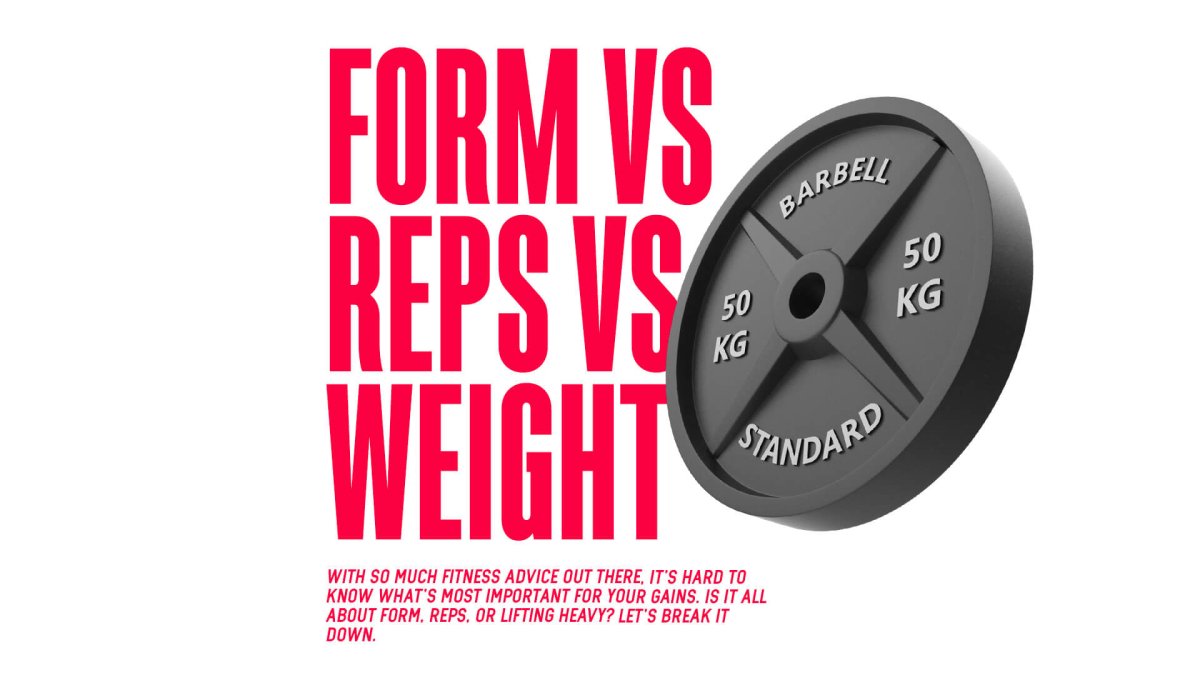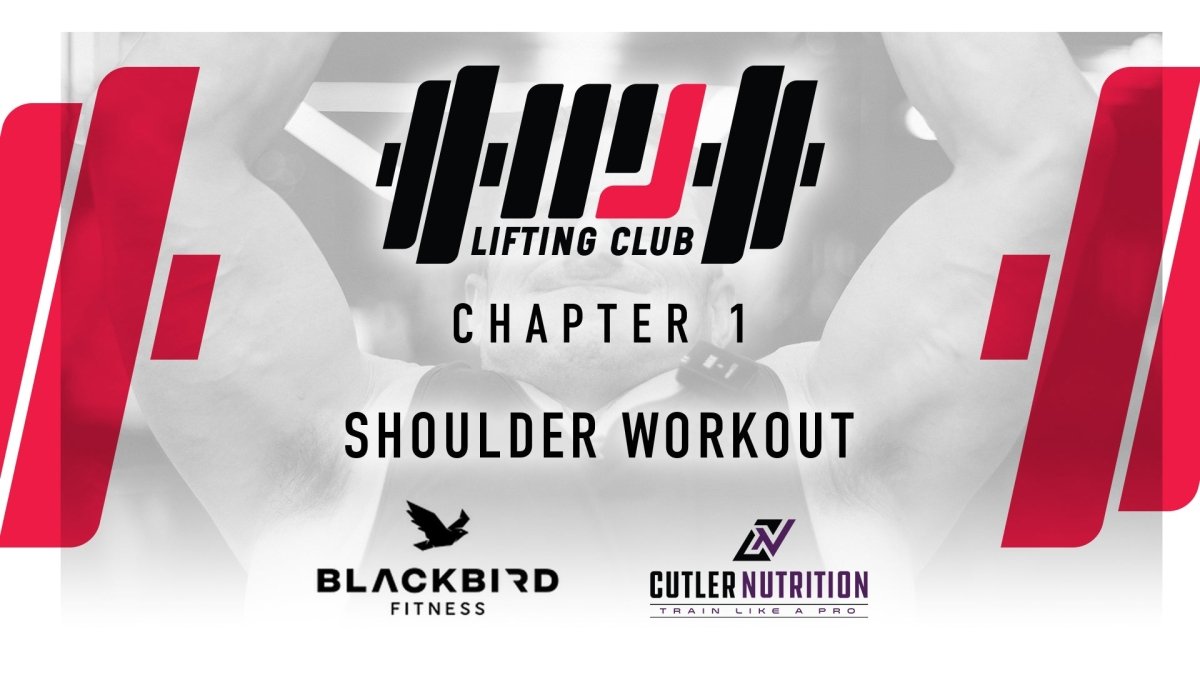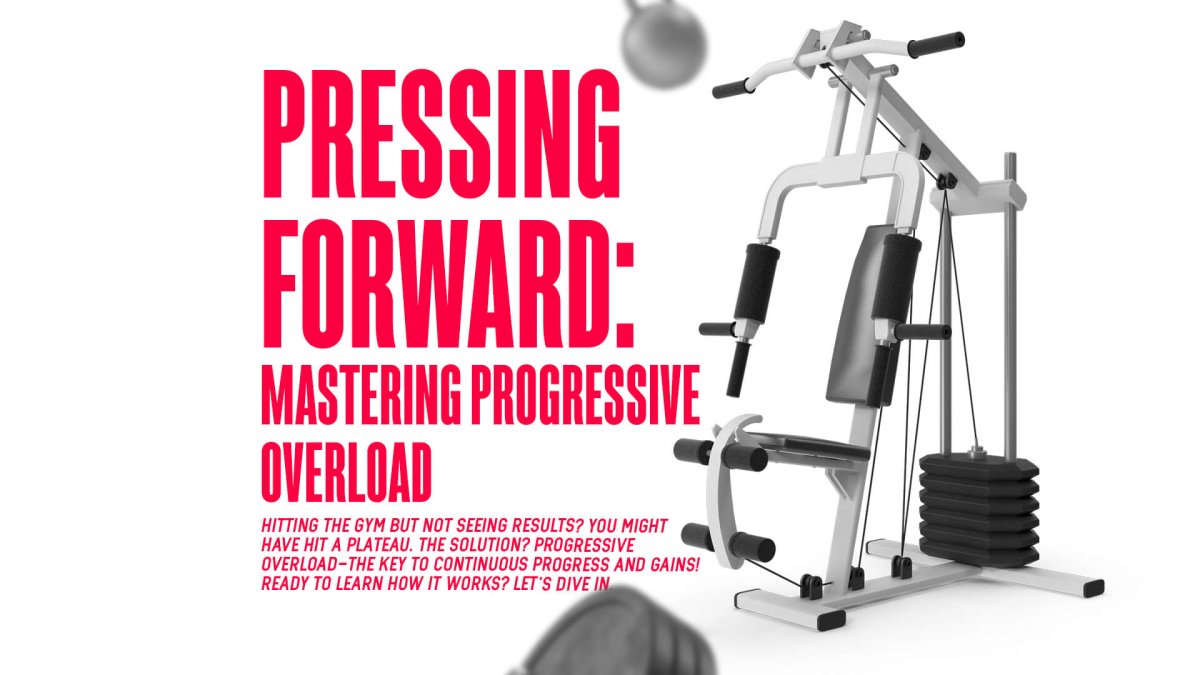Overview
Myo-Reps are a specific rest-pause training technique that involves taking a working set to the point of failure to ensure maximum muscle fibre activation, and then maintaining this muscle fibre activation over a sustained period of time by utilising short rest breaks and multiple short sets.
How To Perform
To perform Myo-Reps, begin with performing an ‘activation’ set to failure within the 10-12 rep range. Rack the weight and take 4-5 deep breaths over no more than 15 seconds, then begin the first Myo-Rep set of 6-8 reps to failure. Rack the weight again resting another 4-5 breaths over no more than 15 seconds, then perform another Myo-Rep set of 4-6 reps to failure. Continue with this short “rest to work” ratio until you can no longer perform a single rep with good form.
Capped Myo-Rep Sets
Myo-Reps can be performed using a capped number of total Myo-Reps performed for an exercise. For example capping a set at 20 total Myo-Reps would look like this;
Perform an ‘activation’ set of 10-12 reps (+20 reps), with the (+20 reps) made up of Myo-Rep sets which can be broken down into any rep and set combination depending how heavy the weight is.
For example:
(5+5+5+5) = 20 Total Myo-Reps
(6+4+4+4+2) = 20 Total Myo-Reps
(8+5+4+3) = 20 Total Myo-Reps
Auto-Regulated Myo-Reps
Another variation of Myo-Reps that is best used over 6-8 week training blocks to help manage fatigue and recovery are known as “Auto-Regulated” Myo-Reps.
By prescribing a set number of Myo-Reps to perform after each 10-15 second rest period, and stopping the exercise once that number is not reached, the training volume for any particular day is auto-regulated based on recovery and energy levels. For example, using the rule of 4 Myo-Reps following each rest period would look something like this;
Perform an ‘activation’ set of 8-10 reps, rest 5 breaths over no more than 15 seconds, then get 4 Myo-Reps. Rest another 5 breaths over no more than 15 seconds, then get another 4 Myo-Reps. Continue this pattern until only get 3 Myo-Reps are achieved on a set and then stop.
This “Auto-Regulation” will differ depending on energy and recovery on any given day as follows
Week 1 Chest: (Good Energy/Recovery)
Set 1: 1 2 3 4 5 6 7 8 9 10 reps
Myo-Reps: 1 2 3 4
Myo-Reps: 1 2 3 4
Myo-Reps: 1 2 3 4
Myo-Reps: 1 2 3 4
Overview: Total of 26 reps performed in 2 minutes, 16 effective Myo-Reps
Week 4 Chest: (Poor Energy/Recovery)
Set 1: 1 2 3 4 5 6 7 8 9 10 reps
Myo-Reps: 1 2 3 4
Myo-Reps: 1 2 3
Overview: Total of 17 reps performed in 1-2 minutes, 7 effective Myo-Reps
Workout Programming
Myo-Reps extend the efficiency of conventional sets and can therefore be applied to any exercise selection. They also require no change of equipment or weight making them highly suitable for athletes who prefer not to rely on training partners.
The added volume of Myo-Reps make them extremely effective during 4-8 week hypertrophy cycles, particularly for lagging muscle groups that require additional volume to spurt new muscle growth.
However, Myo-Reps can severely stress the central nervous systems (CNS), impede recovery, and increase DOMS (delayed onset muscle soreness). They are therefore not optimal for power athletes or bodybuilders focused on increasing pure strength.
Advantages
Muscle tissue is very efficient at producing the force required for resistance training and will essentially recruit smaller fibres first and save the most powerful muscle fibres (those with the greatest growth potential) until they are absolutely needed – usually towards the end of a conventional set.
With conventional sets of 8-12 reps, activation of these larger muscle fibres will only occur on the last 2-3 reps. This activation begins to decline immediately following a conventional set with a typical rest period of 2-5 minutes, with the smaller fibres taking over once again at the beginning of the next set.
Using Myo-Reps immediately following the ‘activation’ set does not allow the smaller fibres to recover and is an effective way to sustain full activation of the powerful muscle fibres that have the greatest potential for hypertrophic growth for a longer period of time.
Myo-Reps are therefore highly effective at increasing the muscle growth gains (hypertrophy) that athletes seek without spending nearly as much time and energy as compared to traditional straight sets.
Comparing Conventional Straight Sets to Myo-Rep Sets clearly highlights this advantage:
Conventional Sets
Set 1: 1 2 3 4 5 6 7 8 9 10 (rest 2-3 minutes)
Set 2: 1 2 3 4 5 6 7 8 9 10 (rest 2-3 minutes)
Set 3: 1 2 3 4 5 6 7 8 9
Overview: Total of 29 reps performed in 7 minutes, with only 9 reps effectively activating the largest muscle fibres
Myo-Rep Set
1 2 3 4 5 6 7 8 9 10 (rest 15 seconds)
Myo-Rep 1: 1 2 3 4 (rest 15 seconds)
Myo-Rep 2: 1 2 3 (rest 15 seconds)
Myo-Rep 3: 1 2 3 (rest 15 seconds)
Myo-Rep 4: 1 2 3 (rest 15 seconds)
Overview: Total of 23 reps performed in 2 minutes, with 16 reps effectively activating the largest muscle fibres
Example Workout (Hamstrings)
Stiff Leg Deadlift
Warm Up Sets: Use a light weight for 10-12 reps
Working Set: Working set of 6-8 (+12 Myo-Reps). Use a heavy weight that allows you to hit failure at 6-8 reps, rack the weight for 4-5 breaths then get another 2-4 reps. Rack the weight again for 4-5 breaths and get 2-4 reps. Continue until a total of 12 Myo-Reps are completed.
Seated Hamstring Curl
Warm Up Sets: Use a light weight for 12-15 reps
Working Set: Working set of 12 (+15 Myo-Reps). Use a heavy weight that allows you to hit failure at 12 reps, rack the weight for 4-5 breaths then get another 4-6 reps. Rack the weight again for 4-5 breaths and get 4-6 reps. Continue until a total of 15 Myo-Reps are completed.
Dumbbell Stiff Leg Deadlift
Warm Up Sets: Use a light weight for 12-15 reps
Working set of 15 (+20 Myo-Reps). Use a heavy weight that allows you to hit failure at 15 reps, rack the weight for 4-5 breaths then get another 6-8 reps. Rack the weight again for 4-5 breaths and get 6-8 reps. Continue until a total of 20 Myo-Reps are completed.







Comments
1 comment
Such a powerful training technique… I have a love/hate relationship with Myo-Reps!